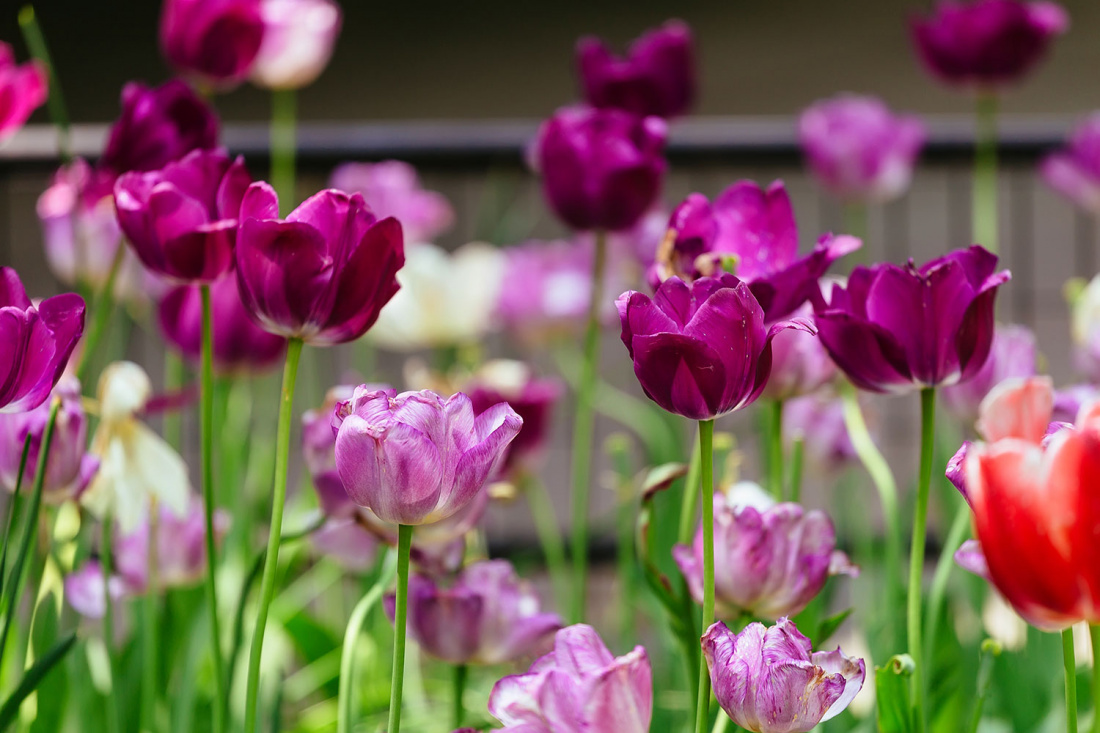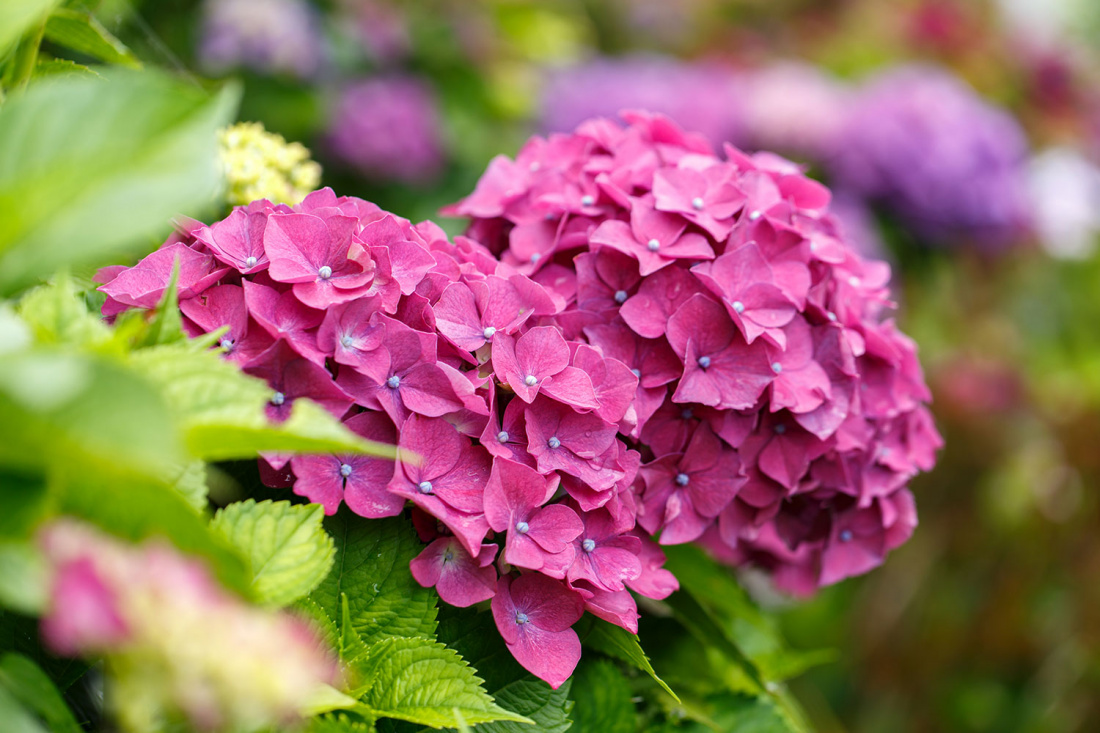Perennials are gardening fan favorites because while they may hunker down in the colder months, they bounce right back in the spring with beautiful blooms that set your garden ablaze with bright color.
However, apart from knowing which plants are perennials, it is also important to know how to effectively care for them. This includes understanding their unique life cycle, which ones are most popular and how to incorporate them into a diverse gardening landscape.


What are Perennials?
A perennial is a plant that has at least three growth cycles. It is different from annuals, which have shorter life spans and only provide blooms one time before dying and requiring replacement. Perennials only require one planting and come back repeatedly if they are cared for properly.
Because they live through multiple seasons, perennials are largely considered "easier" plants than their annual or biennial counterparts. However, they still require proper care to ensure the plant remains healthy.
Growing Zones
Before choosing your perennial type, check the USDA Hardiness Zone Map. Choose plans that grow well in your zone for the best chance of success.
Don't be tempted to choose plants beyond your zone or you might have challenges ensuring that they grow.

Perennial Care 101
Perennials are typically planted from seeds or bulbs, depending on the specific plant type. For brilliant spring blooms, perennial bulbs should be planted in fall for fruitful results.
In terms of hands-on care, perennials typically require slightly less effort than annuals only because care extends from year to year without replanting. They do need to be watered and fertilized regularly.
Perennials are not heavy feeders. Typically, one round of fertilizer is enough to last the season, though it is best to gauge each specific plant to determine its needs before setting the feeding schedule for the season.
Perennials also need to be pruned, divided, weeded and mulched like other plants. As is the case with any garden, neglect will only lead to disease and the spread of aggressive weeds that will ultimately weaken all the plants.
Spacing
One of the most important components of perennial care to consider is spacing. While it is tempting to plant perennials close together for maximum groundcover, doing so can be detrimental to the plants themselves.
Perennials actually need plenty of room to grow. These plant types are constantly changing, which requires borders that have the capacity to expand. Therefore, when placing bulbs or seeds in the ground, plan accordingly.
Lifespan
It is also important to note that while perennials certainly have a longer lifespan than most plants, they don't live forever. There will come a point where, despite efforts to the contrary, a perennial plant has lived out its life cycle. This is an indicator of nature's process and not necessarily something done wrong.
Soil
Perennials tend to be more tolerant than most plant types when it comes to soil choice. However, the bests results for growth occur when the soil is well-drained, loose and loamy.
Heavier soils require an addition to balance them out, such as peat moss or compost, before planting the bulbs, seeds or existing plant. Plant at least six inches deep to provide room for growth.
Watering
The process of watering perennials is not much different from other plants in that it should be consistent, but not overwhelming for the plant. Allow the plant's soil to slightly dry out between waterings and avoid soaking it on the next watering to compensate.
Additional Considerations
As is the case with any plant, different varieties have their own personalities. For instance, primroses need plenty of shade while cushion spurge prefer the warmth of the full sun. Gooseneck loosestrife need plenty of space in the garden, while other varieties prefer to cluster. Hybrid lilies require their full foliage, while other types need to be cutback when the weather gets much warmer.

Planting Seasons
As is the case with most plants, perennials thrive when planted in one of two seasons: spring or fall. Fall is the most popular time of year for these plants, and is the point at which many gardening retailers make them available for purchase. The reason for a fall planting preference is because it means a burst of spring blooms.
However, it should be noted that those planting in containers or who live in areas that have a temperature climate year-round may not be bound by the seasons.

Popular Perennial Types
There are far too many perennials to name here, but there are a few standouts that boast bold color to add to a garden space. The cardinal flower, for instance, has brilliant red blooms that seem to burst from the garden. Meanwhile, the trailing lobelia provides choices of dark or light purple or white flowers that cascade from the main branch. Peonies and hydrangeas are also perennials, as are delphiniums and daylilies.
But perhaps the most popular perennial of all is the Shasta daisy. This daisy is the quintessential representation of a garden flower with its pure white petals and bright yellow center.
There are also some herb varieties in the perennial family, including catnip, lavender and yarrow.
Mixing Perennials With Other Plants
Because perennials typically bloom for shorter periods than their annual or biennial counterparts, mixing them with other plants is an ideal way to ensure bursts of color and blooms throughout a year-round garden.
Perennials generally bloom between four and six weeks at a time. Therefore, to get the most impact from a garden scattered with perennial plants, it's best to sequence them at planting to time their blooms to occur one after another. When combining this sequencing with other annuals and biennials, this provides the best opportunity for longer bouts of color.
Click here to learn more about perennials and how to properly care for them.

